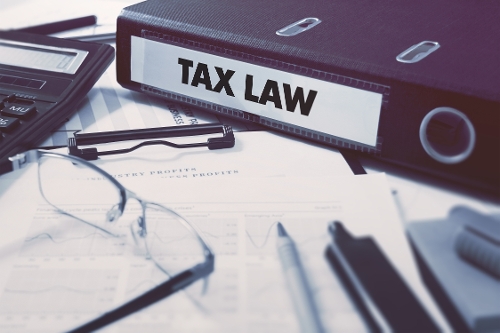
February 25, 2020
The Taxpayer Certainty and Disaster Tax Relief Act of 2019, which was signed into law in December 2019, extended many already expired provisions. These tax benefits are reinstated retroactively to 2018 and made effective through 2020. Here are some of the more popular provisions:
Exclusion from gross income of discharge of qualified principal residence indebtedness. Up to $2 million ($1 million for Married Filing Separately) of qualified principal residence debt can be discharged tax-free.
Treatment of mortgage insurance premiums (PMI) as qualified residence interest. This continues the allowance for a tax deduction for the cost of PMI for homes and vacation homes, subject to income limits.
Reduction in medical expense deduction floor. The medical expense deduction floor was raised from 7.5% to 10% for 2018. This extender keeps the old 7.5% floor through 2020.
Deduction of qualified tuition and related expenses. This deduction allows taxpayers to claim an above-the-line deduction for qualifying education expenses: $4,000 if modified AGI is $65,000 ($130,000 MFJ) or less, $2,000 if modified AGI is $80,000 ($160,000 MFJ) or less, and $0 if modified AGI is over $80,000 ($160,000 MFJ).
Biodiesel and renewable diesel. The provision extends through 2019 a $1.00-per-gallon tax credit for biodiesel and biodiesel mixtures, and the small agri-biodiesel producer credit of 10 cents per gallon. The credit may be taken as an income tax credit, and the mixture credit may be taken as an excise tax payment or credit.
Alternative fuel credit. A tax incentive is available for alternative fuel that is sold for use or used as a fuel to operate a motor vehicle, including a forklift. A tax credit in the amount of $0.50 per gallon is available for the following alternative fuels: natural gas, liquefied hydrogen, propane, P-Series fuel, liquid fuel derived from coal through the Fischer-Tropsch process, and compressed or liquefied gas derived from biomass.
Energy efficient homes credit. Homebuilders can claim a credit of up to $2,000 for the construction of a new energy-efficient home that meets certain criteria.
Employer credit for paid family and medical leave. Employers who pay their employees at least 50% of their normal pay while the employee is on leave can receive up to 25% credit of the wages
paid. The credit is limited to 12 weeks of pay per employee.
Work opportunity credit. Employer credits for hiring employees who are members of one or more of the ten targeted groups, including felons, veterans, long-term unemployment, and welfare recipients. The maximum tax credit is calculated as a percent of the new employee’s first-year wages: 25% if the employee works at least 120 hours and 40% if the employee works at least 400 hours. With a maximum of $6,000 per employee.
Contact us for more information on these and other extenders. We can evaluate which extended provisions apply to you or your business and decide if amending 2018 tax returns is advantageous.
